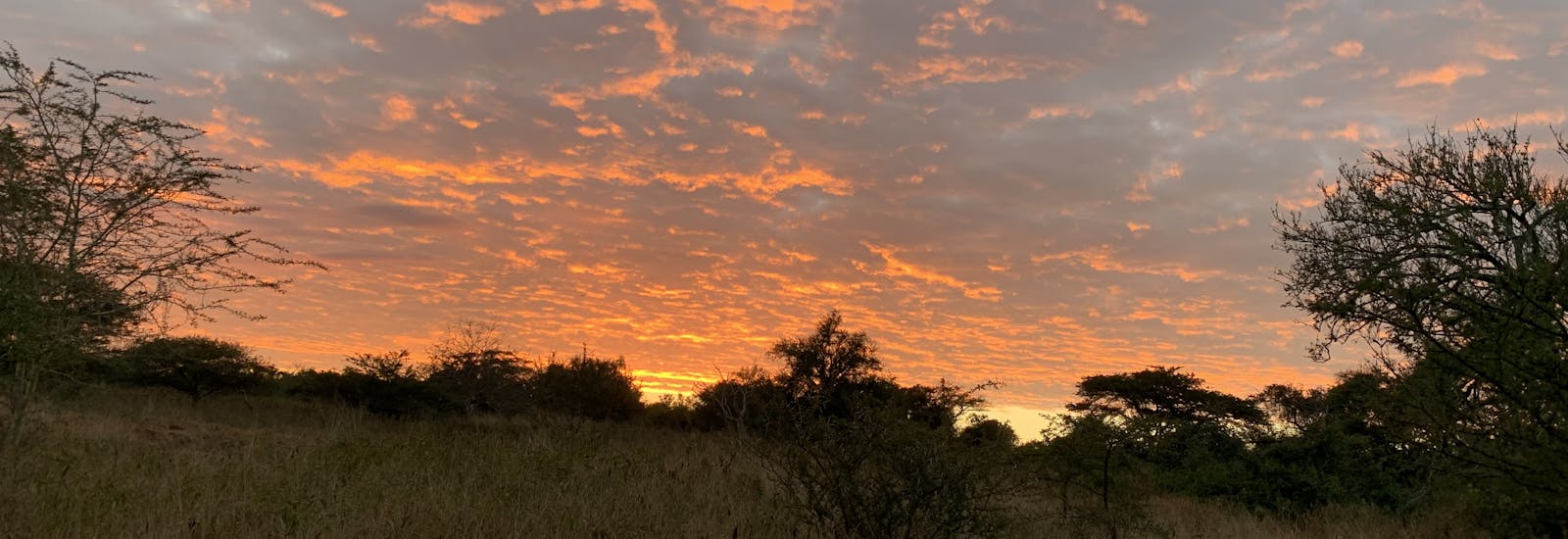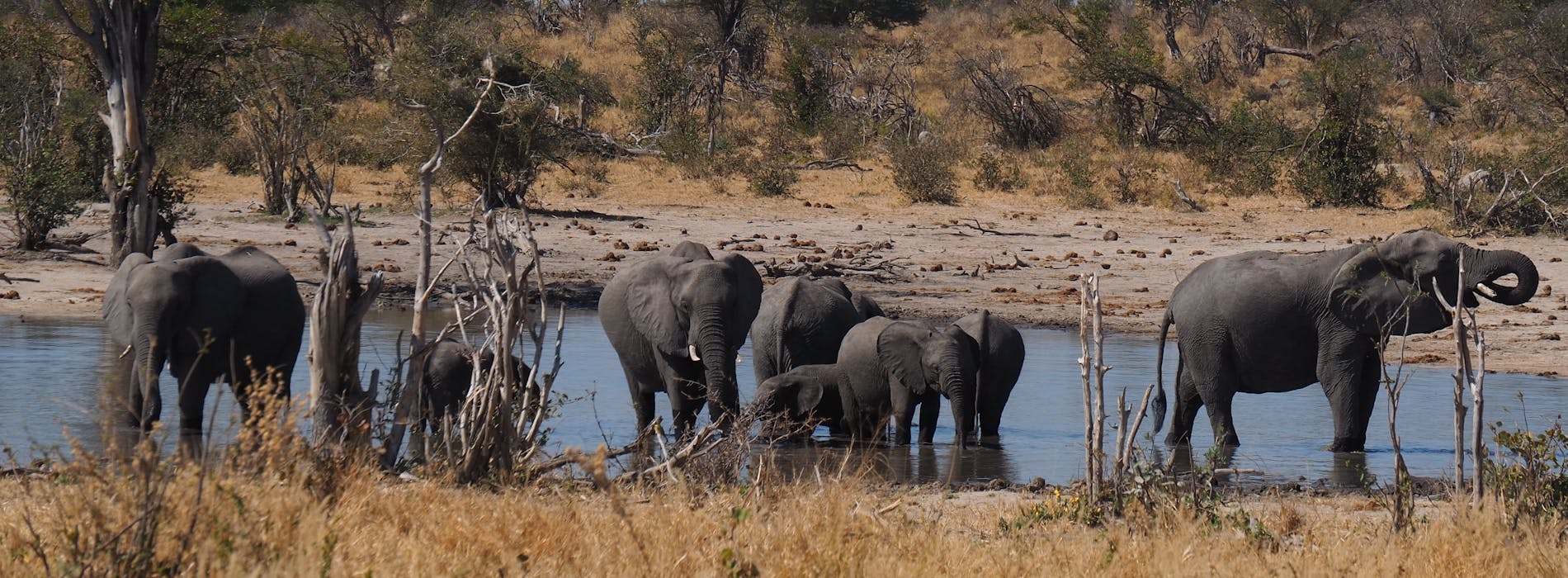
Baby black rhino is rescued!
At 4 weeks old she arrived on the 21 February 2010 which fell on the last Sunday of the month. Sunday is normally a day of downtime for volunteers… except when the unexpected happens!
Moholoholo Wildlife Rehabilitation Centre received a call from a nearby game park to say that they had received reports from visitors that there was a rhino calf stuck in a mud wallow. After further investigation, they discovered that it was in fact a Black Rhino. It was decided that they would step in and rescue the calf. She had been stranded for 2 days and her mother had given up and abandoned her. She was on her last legs.
Immediately the precious cargo was collected. On arrival the vet nurse assessed the situation and spoke to the vet on site – this baby was in a desperate condition. To add to the ordeal she had just suffered she had chronic diarrhoea and had scraped her back right leg severely whilst struggling to free herself from the mud’s suffocating grip.
She was rushed back to the rehab centre. Shy of her new surroundings she was led into the clinic room which had been made ready for her. Treatment began immediately and after days of liquid faeces streaming down her legs, the medication took effect.
Now her bowel movements are almost normal and her leg has all but healed! Her rhino friends take her outside during the day to enjoy the sunshine and fresh air and she loves nothing more than bolting after her minders as they run huge loops around the garden. Somehow this has no effect on her energy limits and she stands waiting impatiently after her relay partner has slummed into an exhausted heap! She has been named Landela which means to follow. This is because the black rhino calf walks behind its mother. The white rhino calf walks in front of its mother.
Black rhino conservation status
Moholoholo is lucky enough to be able to help this one baby, but she is a small drop in a very large ocean when we look at the challenges that are being faced in rhino conservation. All 5 species of rhinos are close to extinction. The White Rhino has rebounded and is now listed as Vulnerable. The Black Rhino has not been as fortunate and is still listed as Endangered.
Why have their numbers become so low?
Since the 1960’s the black rhinos’ numbers have dropped from an estimated 100 000 to a pitiful 3000. The cause of the decline is not the same reason as it is for many of our threatened mammals. Although habitat loss does play a large part, the high demand for Rhino Horn on the Black Market is the major reason! In certain cultures, it is believed that Rhino horn can be used to cure a number of ailments such as typhoid, fever and even snakebites. We are quick to turn around and point fingers and claim that it is due to Rhino horns being used in traditional Asian medicines, this does play a part but one must remember that Asia used rhino horns for 1000's of years for traditional healing without threatening the species’ survival. However, demands for items such as ornate dagger handles carved from Rhino horns (which indicate status and wealth and the demand for which grew with the increase in oil sales) have greatly affected the trade.
The trade of rhino horns has been banned but the black market is still thriving! In 1990 the pair of horns from a Black Rhino were being sold for a whopping $50 000.00 – at this price how do we expect a poor local inhabitant to resist?
Syndicates are no longer primitive in their methods. Lately, they have been pulling out the big guns – swooping down in helicopters, darting with anaesthetic. People who are entrusted to serve and protect our animals are jumping in on the bandwagon which is rolling towards the jackpot and stringing along the demise of these archaic-looking animals in their wake!
In some areas, officials are taking drastic steps to save the lives of their charges. Rhinos are being darted and their horns are sawn off. This may seem barbaric to some and the effects of this are not really known. The one obvious downfall is that the rhino is losing a valuable weapon of self-defence. But these creatures are fighting a battle where they are up against enemies and predators whose tactics are more highly evolved. By removing the one main item of value the spotlight is detracted from this treasure.

